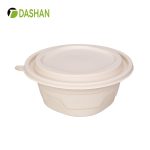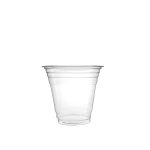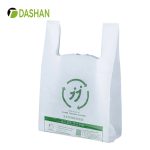Sugarcane bagasse, a byproduct of sugar production, is a versatile and eco-friendly material used to make biodegradable plates, trays, bowls, clamshell boxes, and takeout containers. It replaces plastic, supports sustainable consumption, reduces carbon emissions, and offers a safe, lightweight, and reusable alternative for food packaging. Certified by FDA, SGS, LFGB, EN13432, and ASTM D6400, , bagasse products are suitable for restaurants, catering, and retail applications.
Sugarcane processing produces bagasse as a byproduct. Today, this bagasse can be used to make various products, particularly eco-friendly food packaging and tableware. This eliminates the previous fate of bagasse, which often ended up in landfills or incinerators. This article will introduce the applications of bagasse and the benefits of using it as a material.
What is bagasse?
Bagasse can replace plastic; it is a plant-based, renewable, and compostable eco-friendly material. Derived from sugarcane, one of the most widely cultivated crops globally, it is a byproduct of sugarcane processing and can be used for various purposes, including straws, cups, tableware, lids, trays, and bags.
Where is bagasse used?
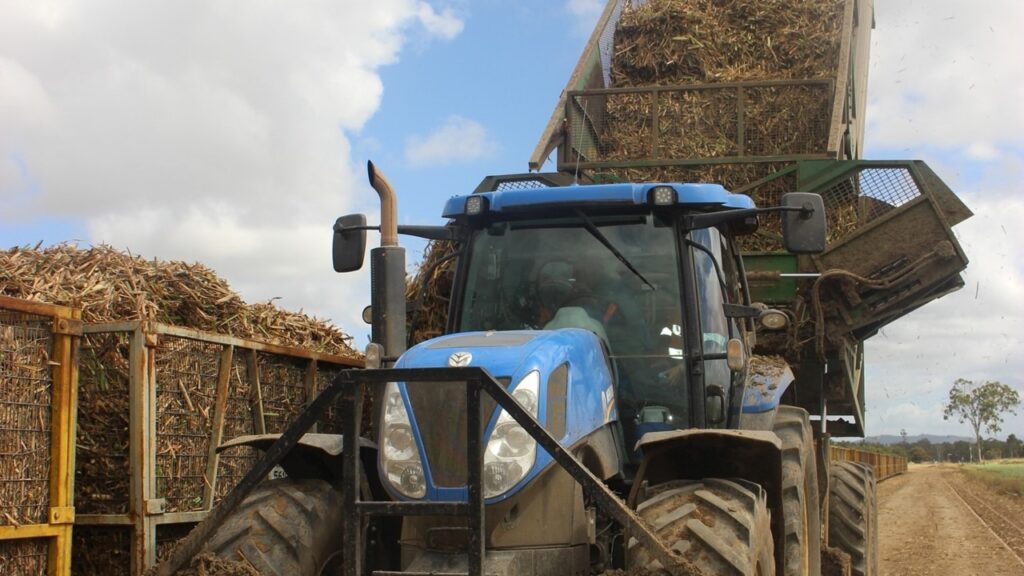
In the past, sugarcane bagasse was primarily used as fuel for boilers during the sugar refining process, providing the heat energy needed for sugar extraction and generating some of the electricity required by the sugar mill through a steam power plant—a process known as cogeneration. However, this method had the drawback of releasing carbon dioxide into the atmosphere.
Besides being used as boiler fuel, some bagasse is also used for composting. The bagasse is collected and transported to a composting facility, where it is regularly turned over with heavy machinery to ensure adequate aeration. After 10-12 months of composting, it can be used. If used directly in farmland without composting, it can absorb nitrogen from the soil during the decomposition process, negatively impacting plant growth.
Because the annual sugarcane production is enormous, boilers and composting facilities cannot process all the bagasse. Much of it is left to decompose naturally or is burned directly, causing environmental pollution. Therefore, many new uses for bagasse have been developed, including as a substitute for plastic raw materials, as a solid recovered fuel (SRF), for bioethanol production, and as a substrate for cultivating fungi, all in an effort to make better use of this valuable resource.
What are some products made from sugarcane bagasse?
Bagasse Plates
Most disposable plates require chemical coatings to make them oil-resistant, but sugarcane bagasse plates have natural oil-resistant properties. They can be used to serve various types of food, such as salads, grilled meat, chips, popcorn, or bread, and can be reused after washing without the need for any additional chemical coatings.

Bagase Tray
Bagasse Trays are widely used in supermarkets, food courts, canteens, catering services, and meal deliveries. Perfect for ready-to-eat meals, meat, fruits, bakery items, or airline catering, they provide a reliable, eco-friendly alternative for both retail and foodservice packaging.
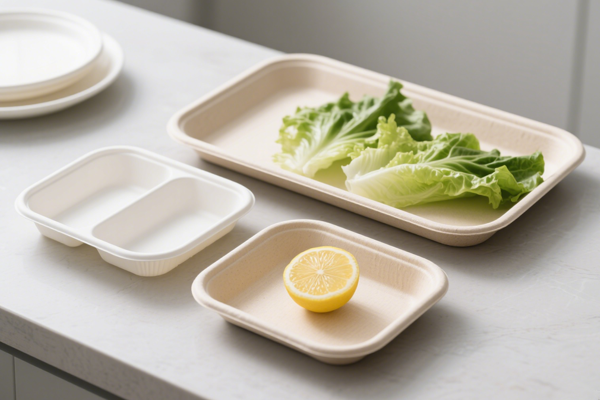
Bagasse Clamshell Box
Our Bagasse Clamshell Boxes are widely used by restaurants, food delivery, and catering services. Each box is designed to handle hot meals, oily dishes, and sauces without leakage.
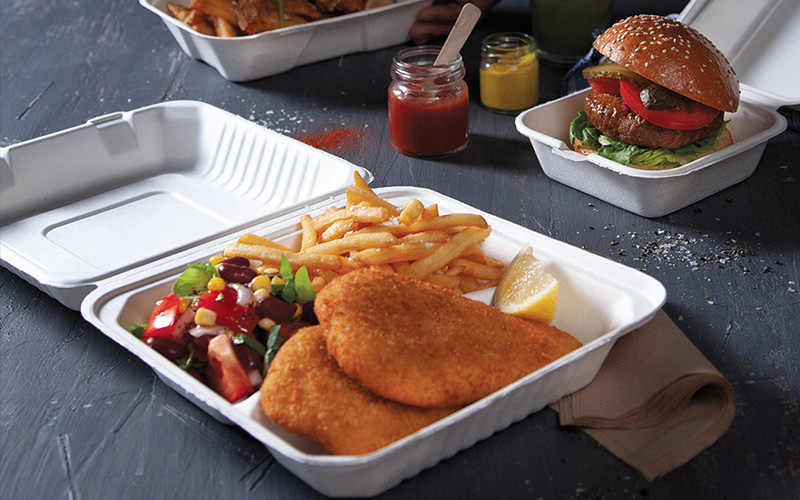
Bagasse Take Out Box
Bagasse Take Out Boxes are widely used in restaurants, quick-service chains, cafeterias, canteens, catering, and food delivery. They are ideal for packaging burgers, noodles, rice dishes, salads, desserts, and combo meals, supporting eco-conscious foodservice operations.
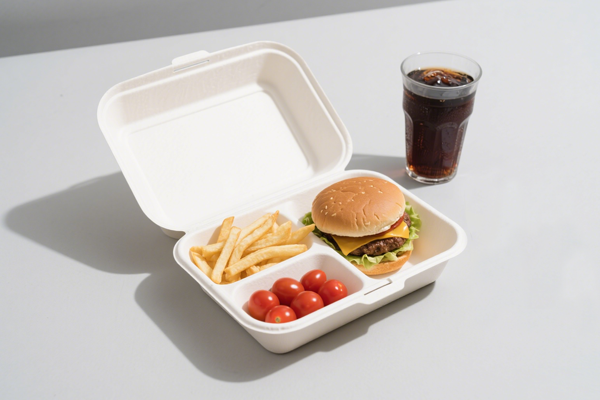
Bagasse Bowl
Dashan bagasse bowls are widely used in restaurants, catering, food delivery, and retail packaging. Whether serving hot soups, noodle dishes, or fresh salads, our compostable bagasse bowls provide safe, durable, and eco-friendly alternatives to traditional plastic containers.
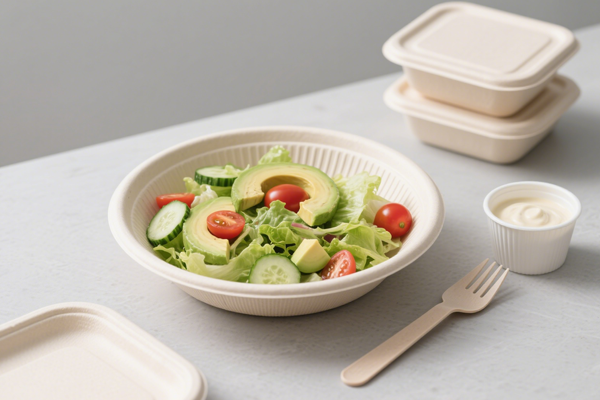
How are sugarcane bagasse products made?
First, sugarcane bagasse is collected and dried to remove moisture. This partially dried bagasse is then ground into granules, similar to plastic pellets. These bagasse granules can be used in standard plastic processing machinery. Through processes such as injection molding, extrusion, and blow molding, a variety of sugarcane bagasse products can be manufactured.
Why should we start using sugarcane bagasse products? 5 benefits
1.Helping Mitigate Climate Change
According to Dr. Li Wei, a sustainable materials researcher at Tsinghua University, “Sugarcane bagasse is not only a renewable byproduct but also a highly efficient carbon sink when used in biodegradable products. Its adoption in packaging can significantly reduce the carbon footprint of the foodservice industry.”Compared to C3 plants like wheat, rice, and soybeans, sugarcane can adapt to arid regions and absorbs large amounts of carbon dioxide during its growth. By using sugarcane bagasse to produce products and then composting the resulting waste, carbon dioxide can be converted into organic carbon and stored in the soil.
2.Supporting SDG 12: Responsible Consumption and Production
In 2015, the United Nations proposed the “2030 Sustainable Development Goals” (SDGs). SDG 12 focuses on “Ensuring sustainable consumption and production patterns.” This aligns with the United Nations’ 2030 Sustainable Development Goals (SDG 12) on responsible consumption and production. Additionally, countries like China and the EU have implemented regulations encouraging the use of biodegradable materials in foodservice packaging, further promoting the adoption of bagasse products.As everyday products, they also promote environmentally conscious consumer behavior. Since sugarcane is widely cultivated in developing countries, the reuse of sugarcane bagasse also adds value to local agriculture.
3.Lightweight and Convenient
Many alternatives to plastic food packaging, such as glass, wood, or stainless steel, are heavier and denser, and improper handling can be hazardous. Sugarcane bagasse products are lightweight, easy to carry, flexible, and not easily broken.
4.Natural and Safe Material
Sugarcane bagasse is a byproduct of sugar production. Because food processing plants undergo rigorous food safety testing, the levels of chemicals, heavy metals, and pesticides in sugarcane bagasse are far below safety standards. As a natural plant fiber, it can be used to produce safe and healthy products.
5.Raw Material Sourcing: More Environmentally Friendly Than Paper
Paper is often used as an alternative to plastic food packaging, including paper cups, trays, and bags. The raw material for paper is wood, which requires deforestation for production. Currently, the amount of wood supplied by artificial reforestation is far less than the demand for paper production. Recycled paper requires processes such as de-inking, de-pulping, and bleaching, which involve large amounts of chemicals and water. The World Resources Institute (WRI) recommends using agricultural by-products like bagasse over virgin wood to minimize deforestation and reduce water and chemical use in packaging production.making it far more environmentally friendly than the current paper production method.
5 common questions you have about sugarcane bagasse products
Q1:Can sugarcane bagasse products be used for home composting?
A1:Sugarcane bagasse products can be used for home composting if they do not contain plastics or chemicals such as PLA. However, before purchasing, you should confirm whether the product has a home composting certification. Currently, internationally recognized certifications include DIN-Geprüft Home Compostable, ABA Home Compostable Verification Programme, and TÜV OK compost HOME. These certifications ensure that the sugarcane bagasse product has been tested in a laboratory and proven to decompose in a home composting environment.
Q2:Can sugarcane bagasse products help reduce carbon emissions?
A2:According to the International Energy Agency (IEA), converting agricultural residues like sugarcane bagasse into biodegradable products instead of burning them can lower greenhouse gas emissions by up to 30% compared to traditional disposal methods.
Q3:Are sugarcane bagasse products safe to use?
A3:In addition to being made from natural materials, sugarcane bagasse products used for food containers must pass a series of safety certifications. For example, renouvo’s sugarcane products are certified by the FDA (21CFR), SGS tested to be free of PFAS chemicals, comply with EU No. 10/2011 for food contact materials, and are free of SVHC substances of very high concern. They meet local government regulations and are safe for health.
Q4:Can sugarcane bagasse products be reused?
A4:Well-designed sugarcane bagasse products can be reused. While some products are designed as alternatives to disposable plastic items, such as straws, cutlery, bags, and plates, some manufacturers, like renouvo, design thicker sugarcane bagasse products, allowing consumers to choose whether to reuse them based on their needs. These products are also dishwasher-safe, ensuring they can withstand multiple washings.
Q5:What types of food are suitable for sugarcane bagasse products?
A5:Sugarcane bagasse products are suitable for beverages such as juice, soda, cocktails, coffee, and tea, as well as foods like roasted chicken, salads, pasta, chips, and fries. Because sugarcane bagasse products are oil-resistant, water-resistant, and acid/alkali resistant, they can be used for almost all types of food.
🌿 Expert Insights and Policy References on Sugarcane Bagasse Products
1. Carbon Sequestration Potential
Sugarcane, a C4 plant, efficiently absorbs CO₂ during growth. Utilizing sugarcane bagasse in products like tableware and composting them can enhance soil carbon storage. Studies indicate that converting bagasse into biochar and applying it to soil can sequester carbon and improve soil health Nature+1.
2. Composting and Soil Enrichment
Bagasse products are compostable and enrich soil with essential nutrients like nitrogen, phosphorus, and potassium. This process reduces landfill waste and promotes sustainable agriculture FOOGO Green+1.
3. Safety and Regulatory Compliance
Sugarcane bagasse tableware is safe for food contact, even with oily, acidic, or hot foods. Reputable manufacturers ensure their products meet safety standards, providing consumers with eco-friendly alternatives to plastic 自在自然+1.
4. Policy Support for Biodegradable Materials
China’s “14th Five-Year Plan” emphasizes reducing plastic waste and increasing the adoption of biodegradable materials, including sugarcane-based products Grand View Research. The European Union also regulates food contact materials to ensure safety and promote sustainable alternatives Food Safety.
🔗 References
Using sugarcane bagasse products helps reduce plastic waste, supports environmental sustainability, and promotes responsible consumption. Lightweight, safe, and biodegradable, bagasse tableware and packaging are a practical choice for businesses and consumers seeking eco-friendly alternatives while contributing to climate change mitigation and sustainable development.

